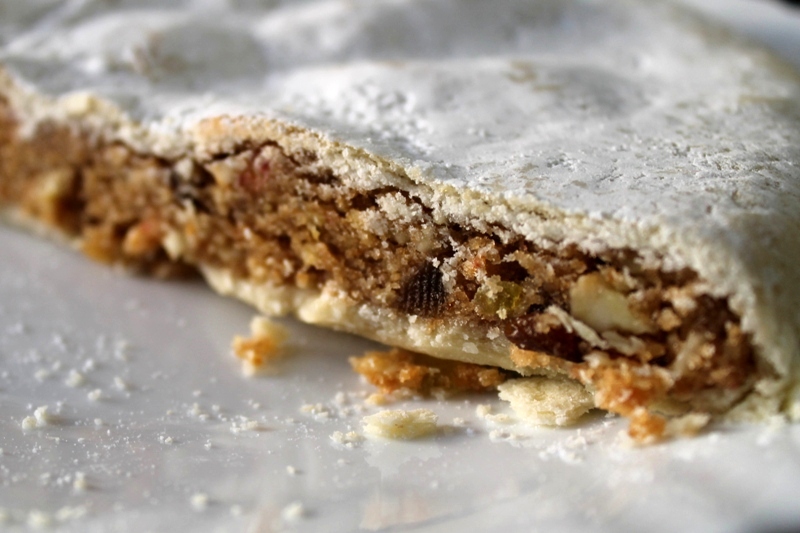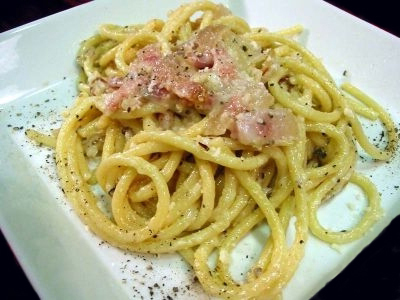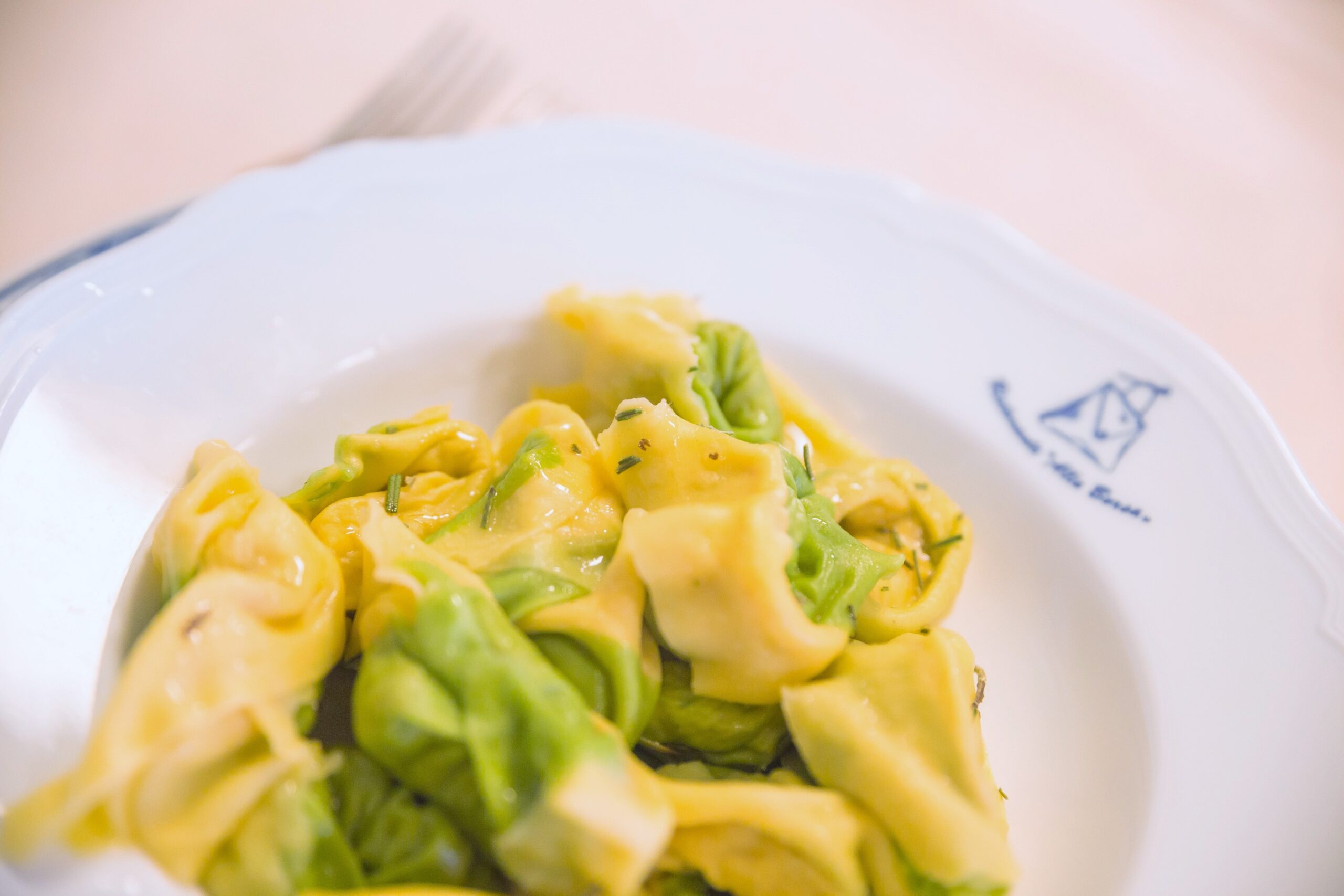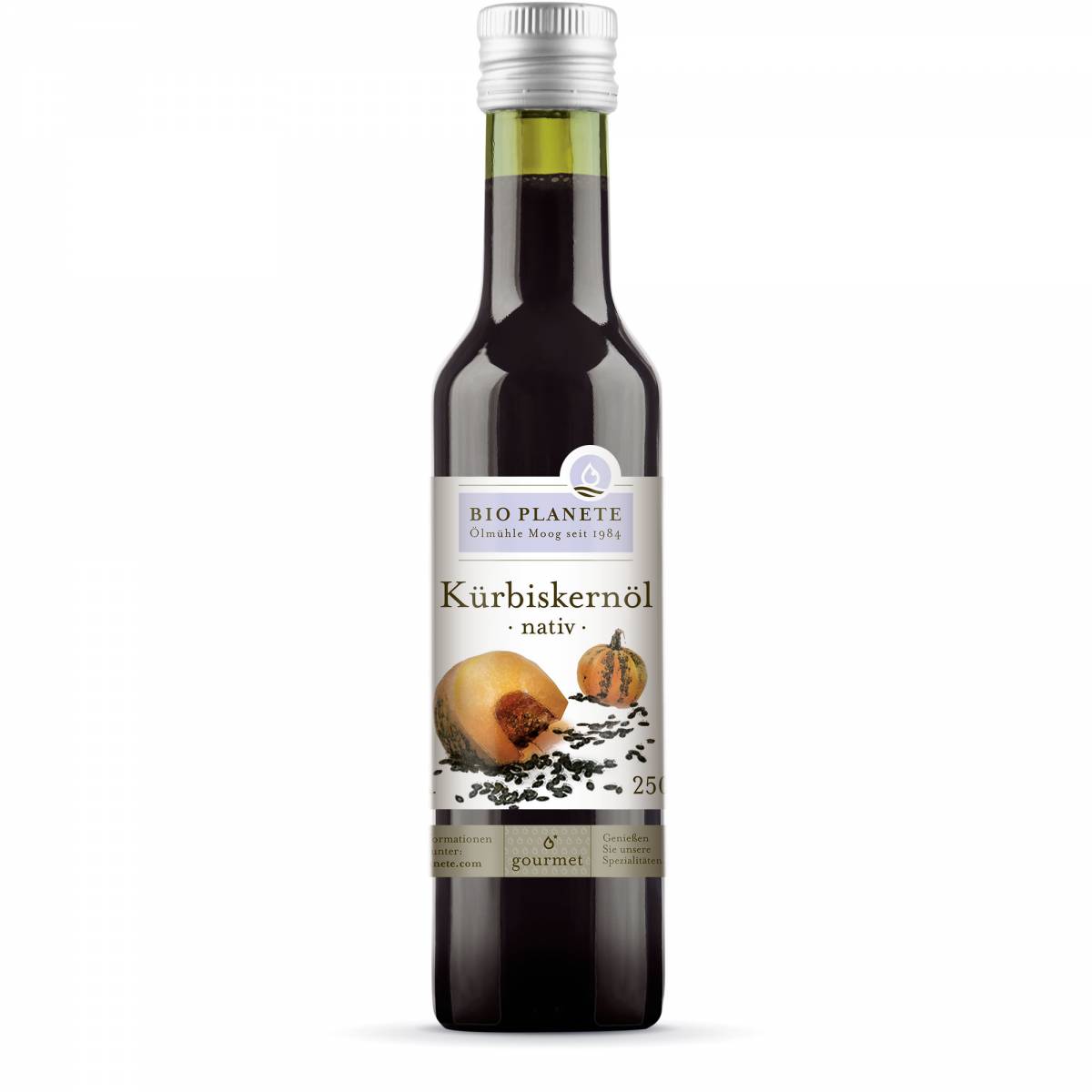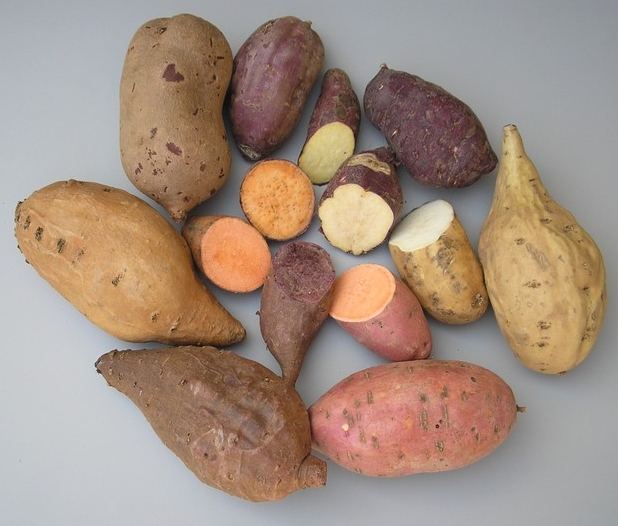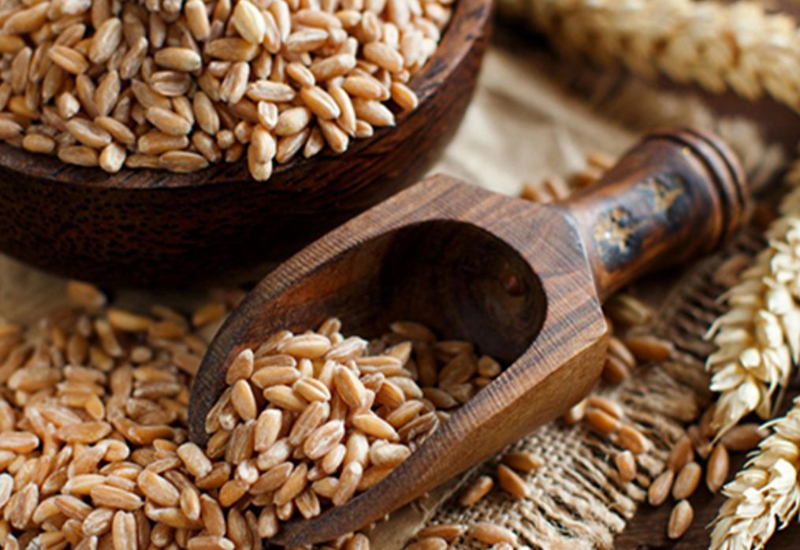If you are on the A 12 heading south towards Tuscany or, better still, if you are travelling north and entering Liguria, stop at Sarzana, you will not regret it.
Sarzana, with its castles, its historical centre and its history is a fantastic hybrid that seems to have come out of the genius of some writer: it is no longer Tuscany but it is not yet Liguria. It is as turreted and elegant as the Tuscan cities, but it is closer to Genoa and the Rivieras.
Its typical sweet, the Spungata, is also a strange hybrid: it is no longer a Sienese model "panforte", but it is not yet a frugal Genoese "pandolce". It is a recipe of the plains, made up of contacts and trade, but it also contains the products of the deep hinterland.
After all, in history, everyone has passed through Sarzana: condottieri, poets, popes, generals, pilgrims and soldiers. A city like this could not not generate a sweet that did not contain all this: a thin sheet of Roman culture with a little ‘all the flavors of the Mediterranean, from Jewish pastries to candied fruit of the Moors, from the sobriety of Genoese sweets to a splash of taste Medici and even Habsburg.La Spungata Sarzana is a sweet round with spongy appearance, pitted and irregular at the top.
This cake existed in Roman times, made of honey and pitted like a honeycomb that was donated on the first day of the year, the same name is of Latin origin and means sponge, probably because of its appearance.
It is a simple cake, baked in the oven, filled with jam and enriched with pine nuts, almonds, spices and other flavorings.
The cake is composed of two sheets of flour, which are embellished with different reliefs obtained from the use of ancient wooden molds, the upper sheet is pitted to allow the right degree of cooking of the inside.
The cake thus obtained is placed in the oven at 200° for 30-40 minutes; once cold it should be sprinkled with icing sugar, but before eating it is better to put it back in the oven at 100° for a few minutes to soften the filling and make the pastry crispier.
